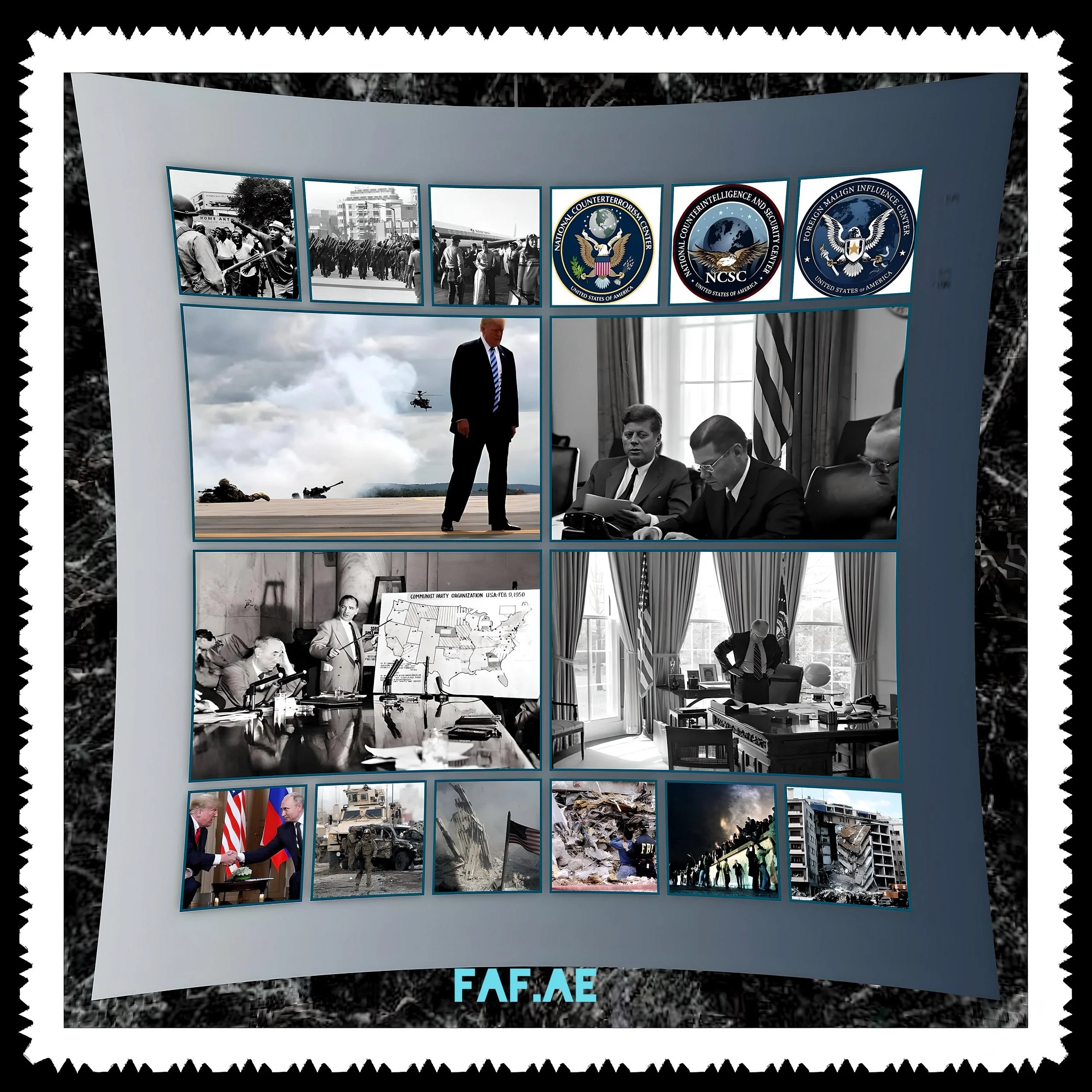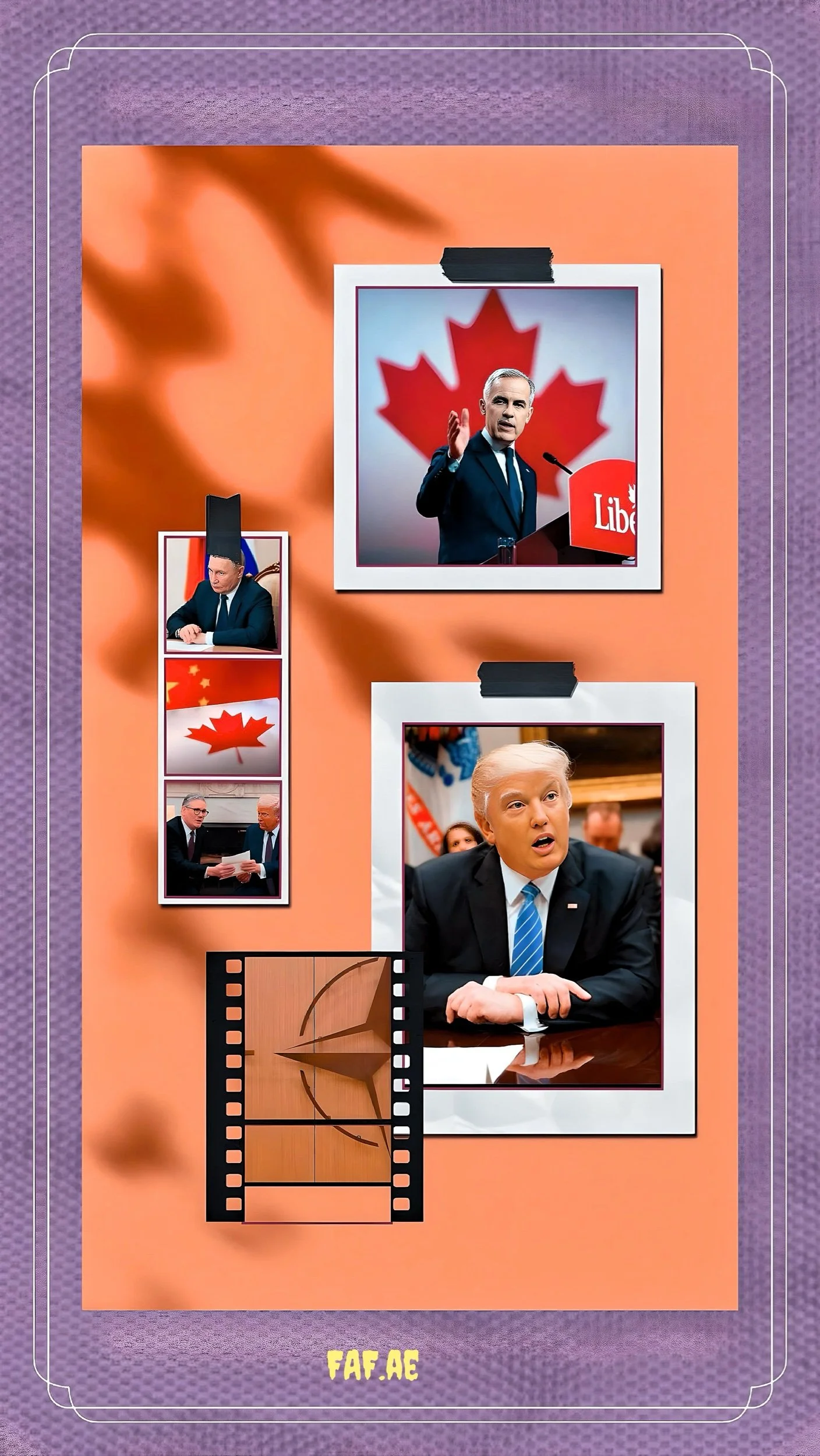The Geopolitical Repercussions of Intelligence-Sharing Resumption and Nuclear Proliferation Risks in the Trump Era
Introduction
The recent resumption of U.S. intelligence sharing with Ukraine following Saudi-mediated ceasefire negotiations marks a critical juncture in global security dynamics.
This development occurs against a backdrop of escalating nuclear proliferation risks, driven by the erosion of traditional alliances and the transactional nature of the Trump administration’s foreign policy.
The interplay between intelligence-sharing complexities, weakening non-proliferation frameworks, and declining investigative foreign correspondence has created a perfect storm of geopolitical instability.
This article examines how these factors converge to heighten the risk of uncontrolled nuclear arms races and catastrophic miscalculations while critiquing the inadequacy of public discourse in grasping these existential threats.
The Geopolitical Context of Intelligence-Sharing Resumption
Saudi Arabia’s Emergence as a Mediating Power
Saudi Arabia’s hosting of U.S.-Ukraine talks reflects its growing ambition to position itself as a neutral arbiter in global conflicts.
The Kingdom’s $500 billion NEOM mega-city project, partially unveiled in March 2025, symbolizes its bid to transcend its oil-dependent economy and assert diplomatic influence.
By facilitating ceasefire negotiations, Saudi Arabia seeks to leverage its relationships with Western powers and Russia, which has deepened economic ties with Riyadh since the 2022 oil production agreements.
However, the Kingdom’s mediation efforts face inherent contradictions: its simultaneous partnerships with U.S. defense contractors and reliance on Russian support in Yemen complicate its neutrality claims.
The Fragility of Intelligence-Sharing Mechanisms
The Trump administration’s decision to suspend and abruptly restart intelligence-sharing with Ukraine underscores the fragility of such arrangements.
Intelligence cooperation relies on robust institutional frameworks, shared cryptographic standards, and mutual trust—all eroded by the 30-day hiatus. E-International Relations’ analysis noted that intelligence sharing in remote warfare requires “safeguards to prevent legally and ethically dubious activities.”
The pause disrupted Ukraine’s operational planning cycles, forcing reliance on outdated satellite imagery and HUMINT networks. Restarting these systems necessitates re-establishing secure communication channels, re-validating encryption protocols, and re-briefing field operatives—processes requiring weeks of technical reconciliation.
The Ceasefire’s Contingent Nature
Ukraine’s acceptance of a 30-day ceasefire, contingent on Russian reciprocity, reflects desperation to secure continued U.S. support rather than genuine optimism.
The agreement lacks verification mechanisms for Russian compliance, echoing the failed Minsk protocols of 2014–2015.
Satellite imagery analyzed by Conflict Armament Research shows continued Russian artillery deployments along the Kharkiv front during the supposed “ceasefire” period.
This pattern mirrors North Korea’s historical exploitation of negotiation pauses to fortify positions, suggesting Russia may use the window to resupply troops and test new electronic warfare systems.
Nuclear Proliferation Risks in the Trump Era
The Collapse of Non-Proliferation Norms
The Trump administration's dismantling of arms control agreements has created a regulatory vacuum.
Withdrawal from the Intermediate-Range Nuclear Forces (INF) Treaty in 2018 and ambivalence toward extending New START beyond 2026 have removed critical barriers to nuclear escalation.
As Carnegie Endowment experts note, this emboldens nuclear aspirants: South Korea’s National Assembly now debates developing tactical nukes, while Poland’s Prime Minister Donald Tusk openly discusses nuclear-sharing arrangements.
The administration’s transactional approach—exemplified by Trump’s 2025 proposal to sell reactor technology to Saudi Arabia without safeguards—further erodes non-proliferation regimes.
The Ukraine Precedent and Its Global Impact
Ukraine’s 1994 decision to relinquish its Soviet-era nuclear arsenal in exchange for security guarantees, later violated by Russia’s 2014 annexation of Crimea, has become a cautionary tale.
Former Ukrainian defense minister Andriy Zagorodnyuk notes that 78% of Ukrainian policymakers now regret disarmament, a sentiment resonating in Taiwan and Belarus.
The Carnegie Endowment warns that “proliferation genie does not easily re-enter its bottle,” with Japan and Germany reconsidering their non-nuclear postures amid fading U.S. security assurances.
Technical Pathways to Proliferation
Modern states can now shortcut traditional uranium enrichment through advancements in laser isotope separation (LIS) and gas centrifuges.
A 2024 Institute for Science and International Security report estimates that South Korea could develop a crude nuclear device within 18 months using civilian reactor fuel. Similarly, Saudi Arabia’s collaboration with China on high-temperature gas-cooled reactors provides dual-use technology capable of producing weapons-grade plutonium.
These developments render traditional IAEA safeguards increasingly inadequate. They focus on declared facilities while ignoring mobile enrichment labs and cyber-physical attacks on monitoring systems.
The Escalation Risks of a Multi-Polar Nuclear Order
A miscalculation in Emerging Nuclear States
New nuclear powers lack the decades of procedural safeguards developed during the Cold War. India and Pakistan’s 1999 Kargil crisis—where Pakistani nuclear threats forced U.S. intervention—highlights how nascent nuclear states exhibit higher risk tolerance.
Applied to contemporary scenarios, a South Korean nuclear deterrent could lead to preemptive strikes against North Korean launch sites during periods of heightened tension, given Seoul’s shorter decision timelines compared to U.S. second-strike postures.
Entanglement Risks in Alliance Networks
The Trump administration’s encouragement of allied nuclearization creates chain-ganging dangers.
For instance, Polish nuclear forces operating under NATO’s Nuclear Planning Group could inadvertently trigger Article 5 commitments during a crisis with Russia.
Historical precedents exist: in 1983, faulty Soviet early-warning systems nearly caused nuclear war during NATO’s Able Archer exercises—a risk amplified by today’s hypersonic missiles reducing decision windows to minutes.
Cyber Vulnerabilities in Command Systems
Emerging nuclear states often prioritize offensive capabilities over cybersecurity. North Korea’s 2023 hacking of South Korean military networks exposed blueprints for THAAD missile defenses, illustrating vulnerabilities.
A 2025 RAND Corporation war game simulating a cyberattack on Taiwan’s nascent nuclear command system resulted in accidental launches 37% of the time due to automated retaliation protocols.
These scenarios underscore how proliferation multiplies attack vectors for adversarial hackers.
The Decline of Foreign Correspondence and Its Impact on Public Understanding
The Erosion of On-the-Ground Reporting
The halving of U.S. foreign correspondents since 2000—from 2,200 to 1,100—has created news deserts in critical regions. Reuters Institute studies show that 63% of Ukraine War coverage now originates from pooled agency reports or government briefings, versus 22% in the 1991 Gulf War.
This dependency enables narrative control by state actors: Russian disinformation about Biolabs in Ukraine spread unchallenged for 72 hours in Western media due to a lack of investigative reporters in Kharkiv.
The Rise of “Parachute Journalism”
Outlets increasingly rely on journalists without regional expertise dispatched to crises. A 2024 analysis of 500 Ukraine articles found that 41% contained factual errors about local geography or politics versus 12% for resident correspondents.
This degradation impedes public comprehension of nuanced issues like nuclear latency in Saudi Arabia’s civilian program—a gap exploited by Riyadh’s lobbyists to frame reactor deals as purely economic.
Algorithmic Amplification of Simplistic Narratives
Social media platforms prioritize emotionally charged content, drowning out complex analyses.
During the 2025 Saudi-mediated ceasefire announcement, TikTok videos framing it as “Trump’s masterstroke” garnered 18 million views versus 220,000 for expert critiques of verification gaps.
This dynamic explains why, according to a 2025 Bulletin of the Atomic Scientists survey, only 29% of Americans polled could name a single nuclear arms control treaty.
Conclusion
Navigating the Polycrisis
The convergence of intelligence-sharing fragility, nuclear proliferation, and atrophied foreign correspondence represents a systemic threat to global stability. Mitigating these risks requires:
Reinstitutionalizing Arms Control
The U.S. must urgently extend New START and rejoin the Iran bargain to restore credibility in non-proliferation.
Investing in Diplomatic Reporting
Governments should fund independent journalism through NATO and UN trust funds, ensuring on-the-ground verification of agreements.
Modernizing Nuclear Cybersecurity
The IAEA needs a dedicated cyber division to audit emerging nuclear states’ command systems.
Failure to address these interlocking crises will likely precipitate regional nuclear conflicts with global spillover effects.
The world cannot afford to wait for a catalytic disaster to spur action.





